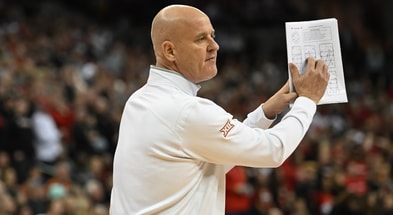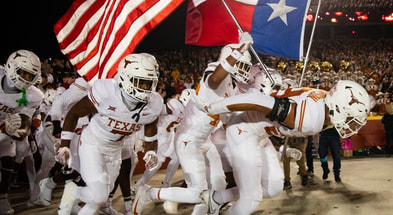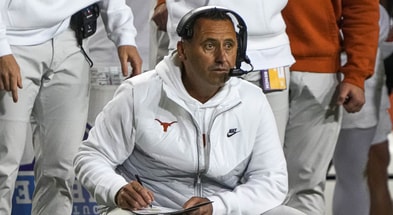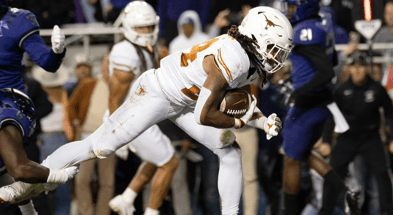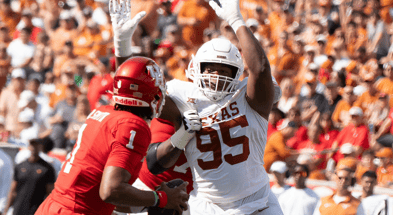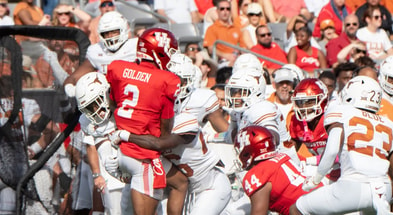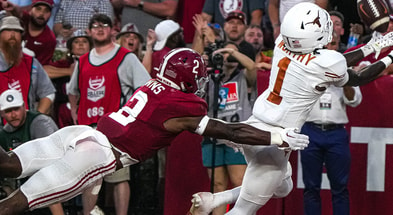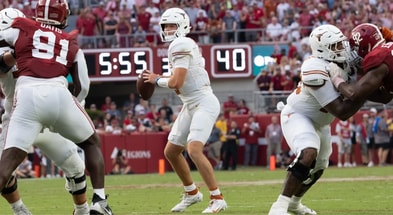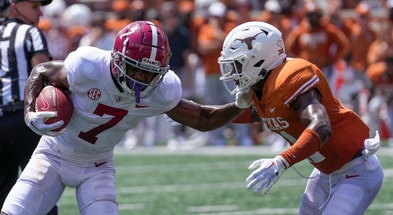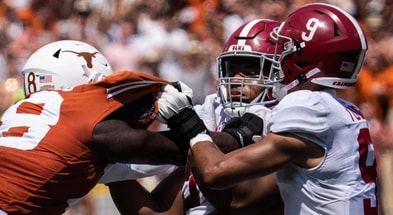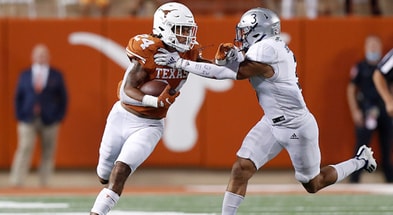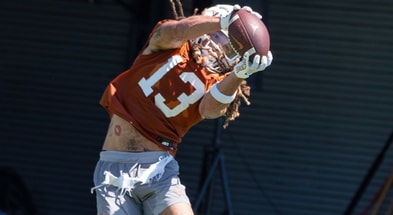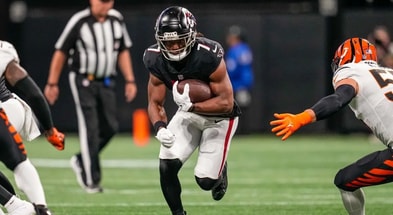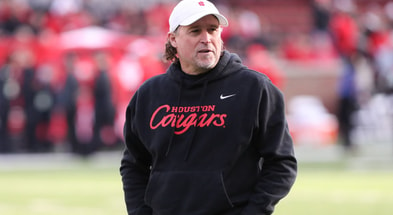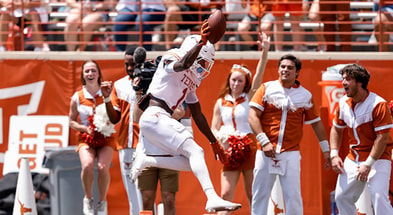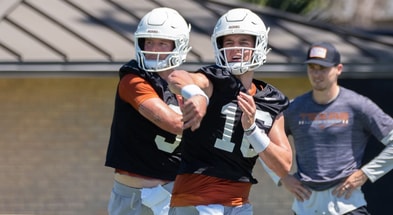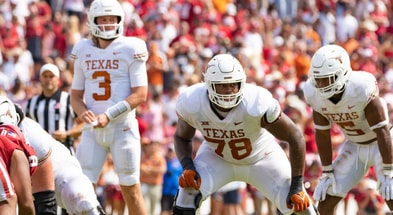Texas hopes tighter coverage helps all aspects of the 2022 defense
Three Longhorns, Hudson Card, Casey Thompson, and Roschon Johnson, combined to complete 62.7 percent of Texas’ passes during the 2021 season. Opponents compiled a 67.8 percent completion percentage over the 12-game season.
[Get a 50% off an Inside Texas Plus subscription!]
Seven UT opponents completed over 70 percent of their passes versus the Longhorns. Somehow, Texas’ record was 4-3 in those games with comfortable wins versus Louisiana, Rice, and Texas Tech, plus a nail-biter against TCU. Only two opponents had games with a completion percentage under 60 percent. Both teams, Baylor and Oklahoma State, topped Texas and battled for a Big 12 title thanks to potent rushing attacks.
Plenty of factors go into an opponent’s completion percentage, but perhaps the most significant is how defensive backs are deployed in coverage. One adjustment UT head coach Steve Sarkisian wanted to make heading into his second season in Austin was to have his DBs play tighter coverage. Why?
“I want to play tighter coverage because I think that can then allow us to rush the passer a little bet better,” Sarkisian said on August 2. “If it’s a three-step drop, and the ball is always coming out because we’re not rerouting receivers, it’s tough to get home as a pass rusher.”
The two go hand-in-hand. The high opponent completion percentage helps to partially explain the Longhorns’ low 2021 sack total of 19.0, with no player having more than 2.0. The pass rush needs help from the coverage, or else the pass rush has a minimal effect.
UT wide receiver Xavier Worthy is someone who goes against Texas defensive backs on a near-daily basis. Through the first 10 days of training camp, he’s been challenged in coverage by his counterparts.
“Our DBs always give us great work in practice,” Worthy said on Friday. “All the guys, everybody. It’s a lot of names, I don’t want to name all of them, but they all give us great work in practice.”
Tighter coverage is something that follows from Sarkisian’s defensive back recruiting philosophy, which he explained on Monday. Implementing that philosophy is easier said than done, and comes with certain risks like getting burnt by opposing receivers.
“I think we’ve been doing a good job of adjusting to it,” senior Anthony Cook said Tuesday. “We’ve had the whole spring and summer. Some of the challenges would be, whenever we play tighter, there’s a possibility of getting beat deep, but we just trust in our technique and coaches.”
Has it helped the pass rush?
“It of course helps us because it gives us more time to get to the quarterback,” Ovie Oghoufo said Friday.
In addition to creating more incompletions, Sarkisian wants to see his defenders take the ball away from the opposing offense more often. Coverage that places defensive backs in a better position to make a play on the ball should help in one of the sport’s most crucial metrics.
“The most important thing that I stressed coming out of spring and that we stressed throughout the summer that we’re trying to find every which way to enhance is creating turnovers,” Sarkisian said Thursday. “It’s the No. 1 stat in football that pertains to winning and losing.”
Those turnovers are starting to show in practice. Cook said that D’Shawn Jamison has recorded several interceptions throughout the course of camp, and Inside Texas has reported some of the early August practices included multi-interception days for the defense.
For a team that was No. 80 in team passing efficiency defense last year, anything to help disrupt opposing passing games is welcomed entering the 2022 season. Tighter coverage could be the answer, especially if it creates positive downstream effects on the rest of the defense.
